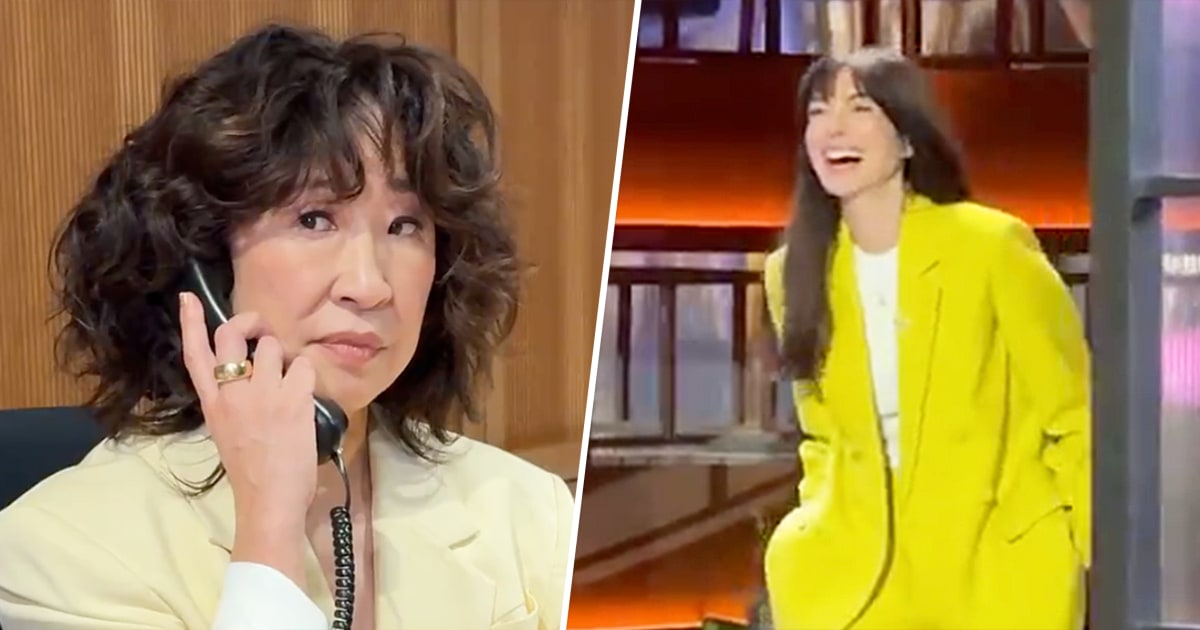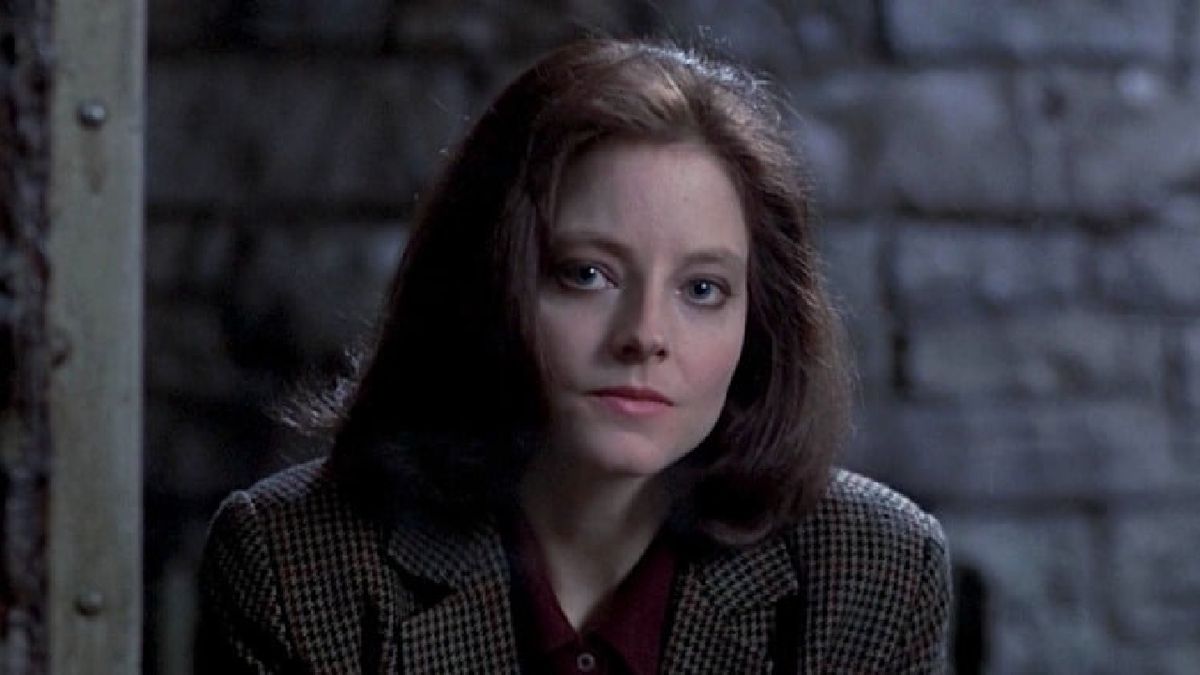
Cate Blanchett Was Todd Field’s Only Choice for ‘TÁR’
When Todd Field wrote the script for “TÁR,” he found himself in the privileged position of writing for financiers who gave him complete freedom. “I said to the studio at the time, ‘If I turn this in and you don’t like it or you hate it, I’ll do something else for you so that you feel like you got your money’s worth,'” Field told IndieWire. “I truthfully thought that they were going to look at me and, and say, ‘What the hell is this? We’re not making this movie.’ I was shocked when they didn’t.”
In the latest episode of Filmmaker Toolkit, Field talks about how he turned his unusual script about a famous conductor in personal and professional free fall into a riveting character study, with help from star Cate Blanchett. During the lonely days of the COVID-19 pandemic, Field wrote the part of Lydia Tár with Blanchett in mind, and when the time came to cast the film there was no second choice. “I had no backup plan,” he said. “I’d met Cate 10 years ago and I knew coming out of that meeting that I had just been in conversation with somebody that had one of the great brains I ever met. And it was someone that I was really, really desperate to be able to collaborate with.”
Listen to the entire discussion below or read on for excerpts from the conversation. To hear this and more conversations with your favorite TV and film creators, subscribe to the Toolkit podcast via Apple Podcasts, Pocket Casts, Spotify, or Overcast.
While the world was still in lockdown, Field and Blanchett engaged in a series of Zoom discussions to talk about the character and the film, and the world of classical music in which the director and star both found themselves immersed. “We didn’t talk about a lot of technical things,” Field said. “Those were manifest and fairly clear. She was going to have to learn to speak German. She was going to have to learn to play the piano. She was going to have to learn stick technique. She was going to have to play an American, she was going to have to do all of these things. No one needs to tell an actor of that caliber the obvious. The things that we would talk about were much more about who the character was and what part of her biography was true and what part of it was utter fiction and the things that she concocted0 — stories that she’d told so many times that she began to believe them herself. What her path was from a young person to someone that’s turning middle age, and how her viewpoint had changed.”
Field and Blanchett also discussed thematic ideas like the corrupting nature of power and practical concerns like casting the other parts, but their greatest delight came from sharing their growing excitement about the milieu in which the film takes place. “Both of us were very impressionable and easily impressed by concert music because there’s so much world history wrapped into it,” Field said. “Once you start to dig there are so many connections to really deep history and history that has shaped the previous century, and those are very interesting to delve into. We were both like people who had discovered European art cinema for the first time.”
Knowing what he had in Blanchett, Field chose to let her performance dictate the visual style of “TÁR.” “Once Cate said that she would do this, the decision was pretty clear: the character has to drive the story, and the longer tightrope we can put her on without a net editorially or with coverage or anything like that, the more potential for investment. “Most of the time it was about coming in and spending the first hour alone with the actors, rehearsing, looking at, seeing what felt right, finding an angle and saying, ‘Okay, this is it, and we’re gonna work within this angle.’ That was really dictated by what the script was and who this character is, and the fact that somebody as remarkable as Cate Blanchett can make that work in that way. The camera moves when it needs to move. But in large part, it’s a very theatrical experience. And by that I mean almost like a stage experience.”
Just as the pandemic informed the writing process and affected Blanchett’s preparation, it dictated a certain approach to the editing that allowed Field and editor Monika Willi to fully immerse themselves in their footage. Originally Field and Willi intended to edit in Vienna (where Willi lives) or in London, but when another lockdown occurred at the beginning of the postproduction period, they had to choose a more remote location. “We ended up about 45 minutes outside of Edinburgh, Scotland, and we were in a 15th century former nunnery,” Field said. “There was nothing to do other than walk the hedges every day and edit. We edited seven-day weeks, and it was a very, very intense editorial process, because there wasn’t a lot for us to do. Neither of us drive on that side of the road, so we didn’t have a car, and our food was delivered by the supermarket. It was a very hermetic sort of process that we had.”
That process allowed Field and Willi to make numerous discoveries that gave “TÁR” its final shape. “It’s the old cliché, which is that the final shooting script is when you’re done editing,” Field said. “That’s never been more true than this situation. It’s always a really exciting and terrifying and horrifying process.”
The Filmmaker Toolkit podcast is available on Apple Podcasts, Spotify, Overcast, and Stitcher.










![GeForce Experience driver installation failed [Fix] GeForce Experience driver installation failed [Fix]](https://i0.wp.com/www.thewindowsclub.com/wp-content/uploads/2024/04/GeForce-Experience-driver-installation-failed.png?resize=150%2C150&ssl=1)













































